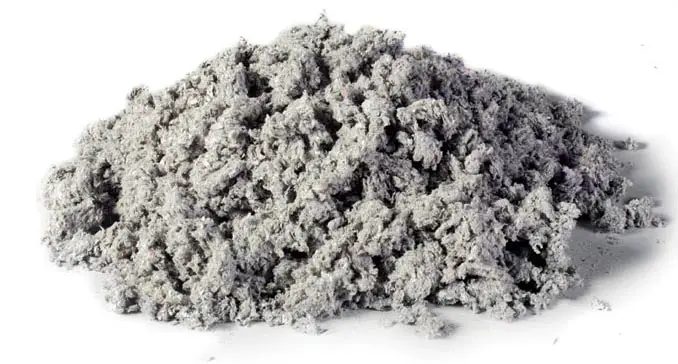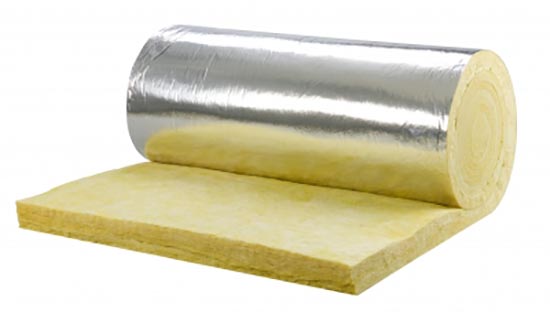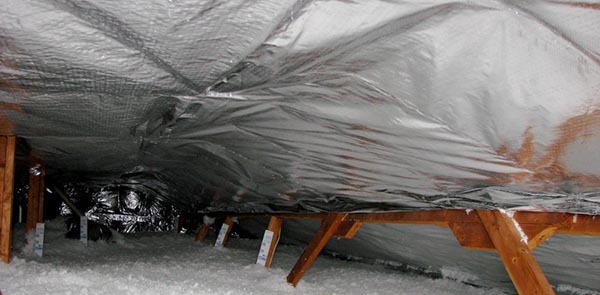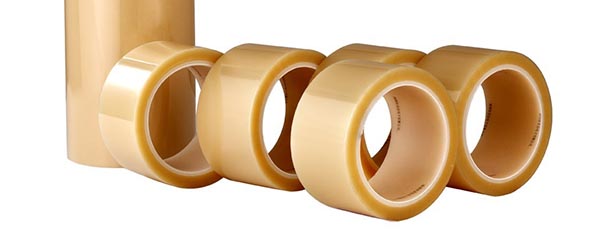Roof insulation is discussed on this article. You often hear about energy savings revolving around insulation and sealing up any cracks around the home.
Contents
It almost seems too easy to be true, but even homes in parts of the country that don’t have wild temperature fluctuations can still benefit greatly from proper insulation.
When your A/C is working less to keep your home comfortable, the lower the bill; it’s that simple. So, what can you do to improve your insulation?
Let’s look at the basics and find out just what kind of insulation you may need and how much you stand to benefit from it.
Roof Insulation 101
When it comes to shopping around for roof insulation, the most important characteristic you’re going to be looking for is how well it traps heat inside and outside the home.
There is an actual grading scale that helps us determine that level of efficiency: it’s called the R-value.
Not all homes are built with the most efficient insulation, nor will they have insulation installed at every potential place heat will leak.
This would inflate the price of the home, so the most common places you find roof insulation are the most exposed areas, namely the outer walls and attic.
As you survey the different types of insulation, you will see this R-value change based on various factors: the composition, density, and quality of materials.
The most expensive insulation solutions have higher R-values and can be used in much smaller form factors with less material required.
Insulation Products Available
Most homes are filled with traditional fiberglass material, with newer ones adopting recycled cellulose material for more environmentally-friendly alternatives.
Other roof insulation materials include foam, wool, and even insulated glass for windows. The best insulation for your home will depend on the situation and if you are replacing or supplementing existing insulation.
Here are a few of the most common roof insulation solutions available:
Loose Insulation – fiberglass or recycled fiber materials.

Pros:
- Easy, cheap installation
- Good for filling up large volumes of space (attics, crawlspaces)
Cons:
- Fiberglass roof insulation poses health concerns
- Can trap moisture if there’s a leak
- Can deflate over time
Batts/Rolls – prefabricated chunks of insulation made from rock wool or loose materials.

Pros:
- Easy, cheap installation
- Practical way to fit insulation in between small spaces
Cons:
- Shares the same cons as loose insulation.
Radiant Barriers – aluminum sheets that cover the underside of a roof.

Rather than trapping heat inside or outside the home, radiant barrier solutions work to reflect the sun’s heat.
They are often used in conjunction with traditional roof insulation for climates that receive both hot summers and cold winters. Many homes in the South use this form of roof insulation to combat the extended summers.
Masking – polyurethane boards that are installed along the foundation.

Pros:
- Maintains integrity/won’t deflate
- Improved sound barrier
Cons:
- Can be expensive
- Only practical for new home construction
Spray Foam – liquid polyurethane or latex that coats surfaces and provides solid sealing insulation.

Pros:
- Weather-proof and temperature insulating
- Can be used in place of caulking jobs
Cons:
- Priciest way to fill large voids
- Must be installed by a professional
Another form of roof insulation that is worth mentioning are the types that specifically target moisture build-up in problem areas, such as the crawlspace underneath raised foundations that are prone to trapping water vapor during humid weather or after heavy rains.
Traditional roof insulation materials may trap moisture and create an environment for mold and potentially rot away your foundation if left unattended.
Vapor barriers are a special type of roof insulation that are applied separately from other insulation and should be something that is never up to the homeowner to have to worry about.
Getting the Best Insulation Estimate
To start off, check if or how your house is protected, measure the area requiring protection, and figure out which kind of protection is ideal.
Figure out the total coverage you have to protect. On the off chance that you do have protection, discover what roof insulation combination works best for you.
Remember, you decide the quality by the R-value; make sure it is worth upgrading or adding different insulation for your budget and/or needs.
You will need to consider what your actual roof insulation capabilities are, so to do that you will need to figure out your R-value goal for each part of the house you are trying to protect.
R-38 is the business standard, and the base thickness for R-38 is 12”. In the event that your present protection is just 5” deep, you should add 7” of protection to accomplish the 12” R-38 rating.
Figure out the length and width of the area you have to protect. Multiply the length by the width to decide the square footage of the space.
Choose the best kind of protection to suit your needs. Recycled protection is the cheapest solution, but will it be dense enough to protect you from the deepest chills?
Fiberglass protection is even cheaper, however, you should be aware that it will deflate after a few years, creating gaps in coverage. Blown-in protection requires minimal work, yet it requires professional application and hardware.
Top Areas to Insulate
Protect your garage, external walls, attic, and basement initially, as these areas are most vulnerable to temperature change, especially with all the various types of roof insulation out there.
Protect water heaters to extend their longevity and lessen the amount of energy needed to heat your water.
Buying standard insulation rolls or matts is perfectly fine for achieving the recommended R-value for water heaters.
Adding protection in this way can diminish energy waste by 25-45%. This translates to about a five to ten percent decrease in your electricity bill due to the energy used to heat water alone.
Wrap pipes with cheaper insulation solutions to counteract potential freezing (even if your pipes are PVC, they are still vulnerable to extreme cold temperatures) and keep water hot.
You can actually find roof insulation kits that are made to wrap up plumbing specifically. Doing this in combination with insulating your water heater can raise water temperature by 2 to 4 degrees versus non-protected channels.
This will allow you to maintain a lower temperature setting, thereby saving you even more money in the long term.
Vents and ductwork are another big area where energy is wasted due to hot/cold air leakage. Properly insulated vents and HVAC units will allow everything to run more efficiently and more quietly.
This will also contribute to more consistent air temperatures in each room in the house. Lastly, a well-insulated central heating and cooling system will be less stressed during extreme weather, and will therefore last much longer.
Tips for Installation
- You can lease a loose insulation pump from your local hardware store to go the DIY route, or contract an expert from a qualified home improvement company.
- Ensure that your home has adequate air flow to prevent inhaling any loose particulates, whether you choose to go with fiberglass or not. Proper air flow is also necessary to make sure the insulation dries fast and evenly.
- Cover any and all nearby surfaces that you do not want the insulation to touch. Also plug up any cracks you see before laying down the insulation, as these small crevices might become cracks in your moisture barrier or create small pockets of air later on.
- Cover up all exposed skin by wearing long pants, a long-sleeved shirt, and a pair of gloves. You should also get a pair of safety googles to protect your eyes, and a hat is recommended to avoid getting any stray material in your hair. You should choose clothes that you are willing to toss in case they get stained or damaged.
Last update on 2023-07-04 / Affiliate links / Images from Amazon Product Advertising API
